« The Anatomy of a Black Summer Truffle »
 Saturday, July 30, 2011 at 9:59PM
Saturday, July 30, 2011 at 9:59PM In honor of summer truffle season, here is a quick primer for those of you unfamiliar with this delectable fungus.


So what is a truffle anyway? Simply put, it is the fruiting body of an underground mushroom, normally found in close association with trees. There are hundreds of species of truffles, but a few are highly prized in the kitchen.
Summer truffles (also known as scorzane) are in season from early June to early August. They are mostly harvested in the Italian Provinces of Umbria and Marche, but they are also found in lesser quantity in neighboring provinces. (We recently ate our share of locally harvested truffles while travelling in Abruzzo.)
Unlike their winter cousins, summer truffles are more affordable and easier to source. In NYC, there are a number of specialty shops which carry them. I purchased this fresh truffle at Eataly, where they are currently selling them for $17 per ounce. This truffle weighs less than one ounce and cost $11.
Black summer truffles range in color from light brown to dark brown and have large, wart like bumps on their exterior (which are arranged in a characteristic polygon pattern). Their interior is equally striking, with prominent white marbling against a pale cream to light brown background.
When purchasing, look for truffles which are firm to the touch and dense.
Compared to winter truffles, summer truffles are said to have a more "delicate aroma". But don't let this description fool you. Summer truffles can be quite aromatic, with a scent that hints of earthiness, hazelnut, chocolate and vanilla.
In general, summer truffles have a longer shelf life than the winter varieties, but are best if eaten quickly. If you need to store the truffle, it is important to wrap it in a clean paper towel and then place it in an air tight container (a zip lock bag works well). Because truffles release a great deal of moisture, the paper towel should be changed after 24 hours.
Truffles grow in the ground, so they need to be well cleaned before use. Generally rinsing them under water will do. If your truffle is particularly dirty, you can also use a soft kitchen brush to scrup off the dirt.
Truffles do not stand up to heat, so they are typically incorporated into the dish after the cooking process is complete. Alternatively, they are simply shaved onto the top with a truffle shaver.
Truffles are a lovely addition to pasta, risotto, eggs, and sauces. In some regions of Italy, they are also incorporated into cheese production. I will write more about the truffled caciocavallo cheese (made in Agnone) at a later time.
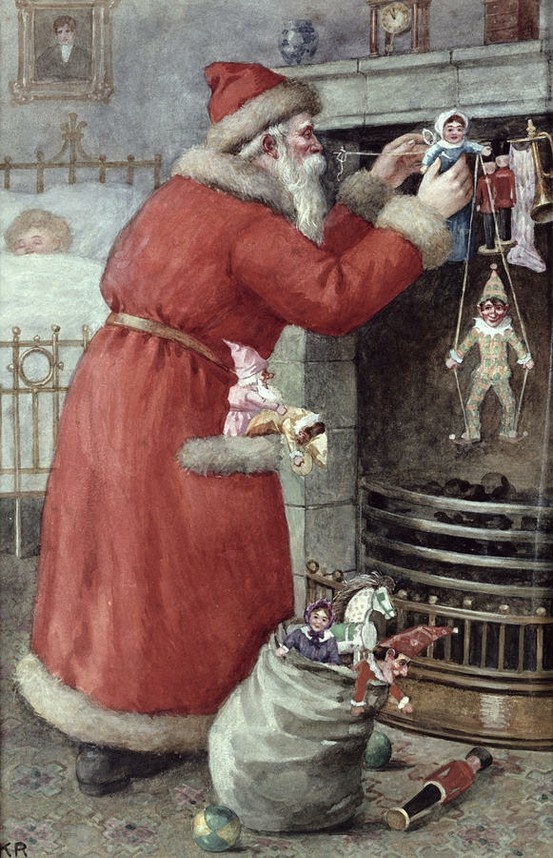


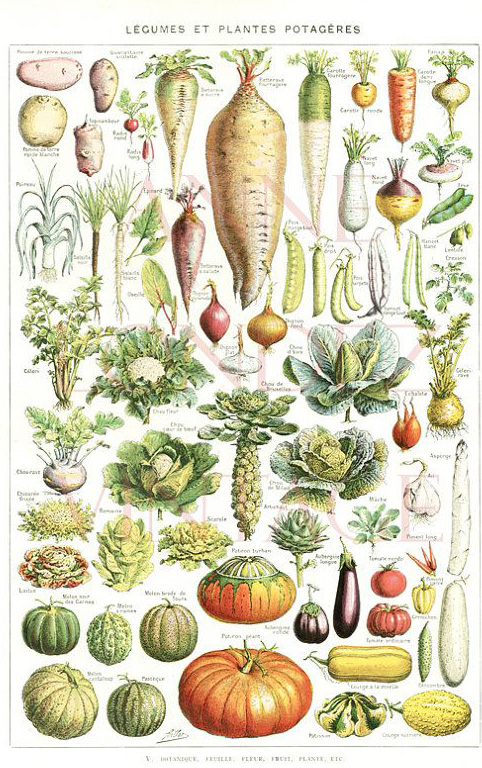

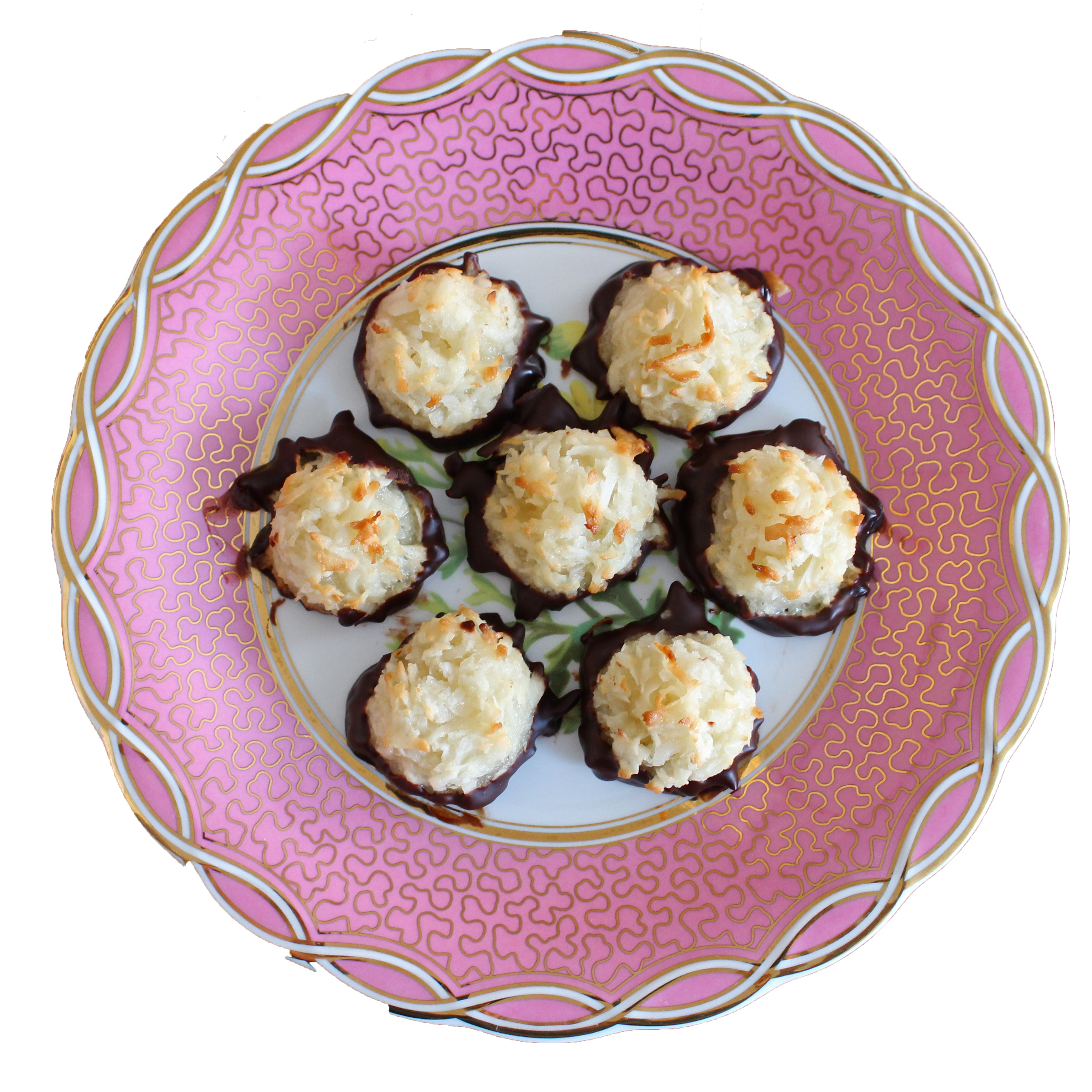
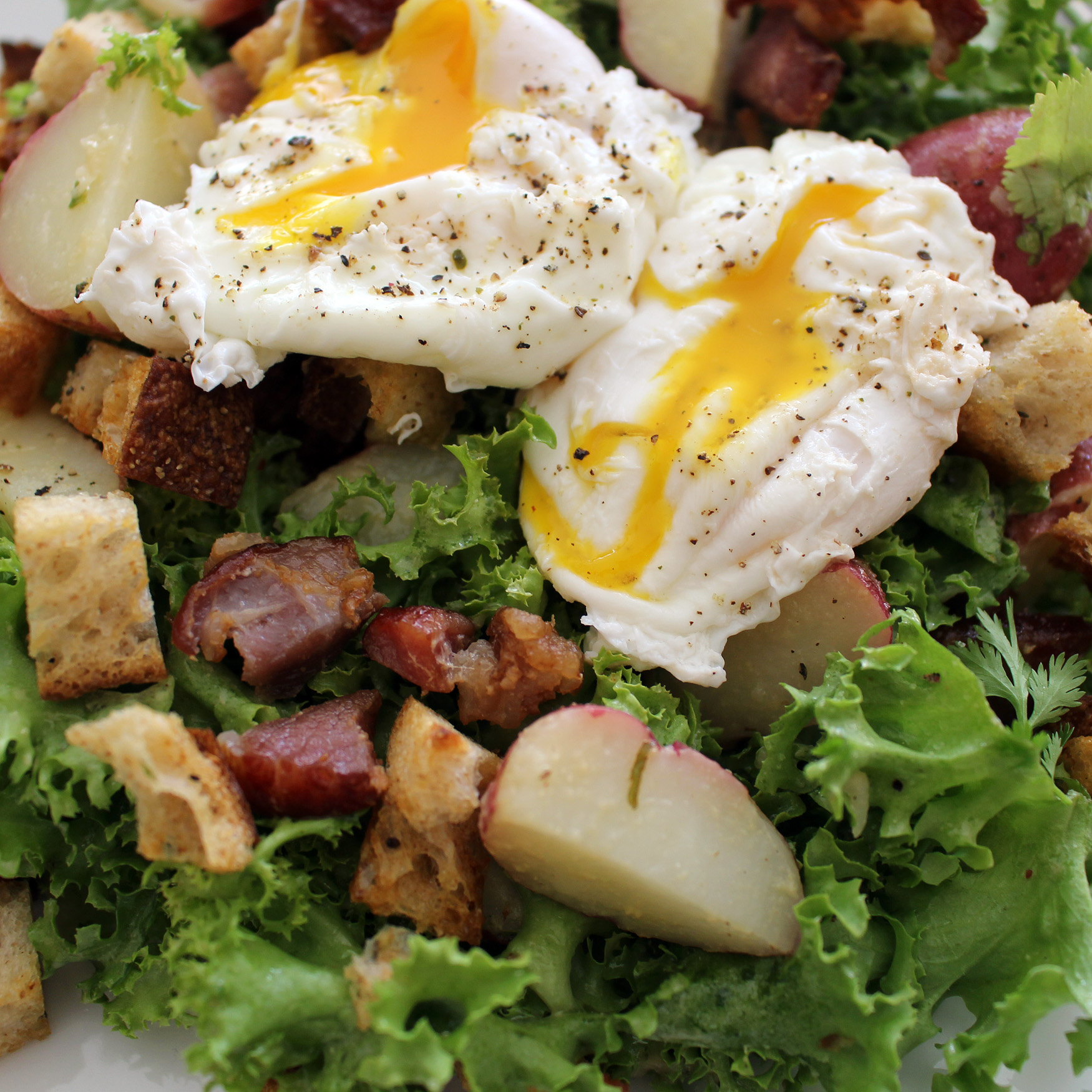

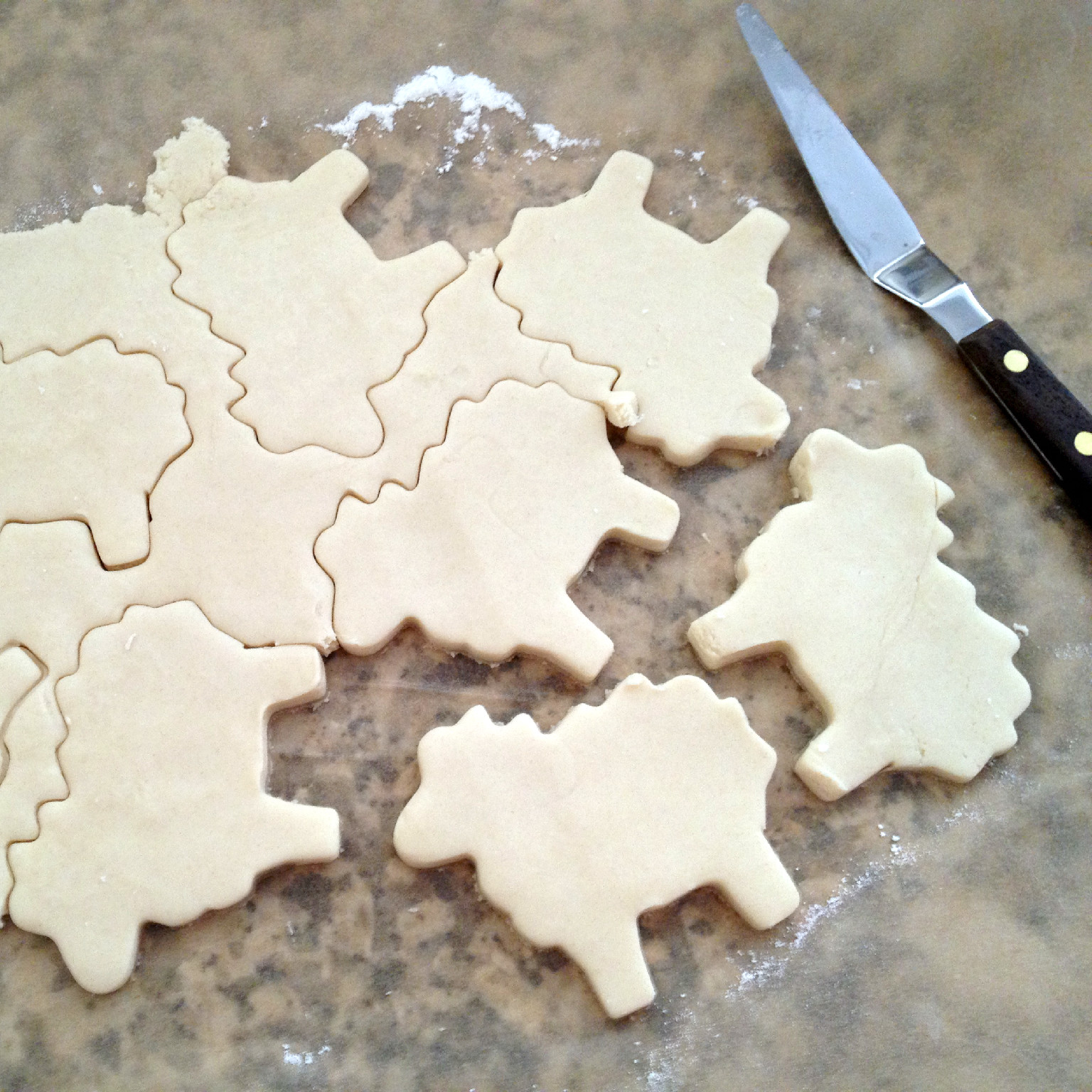

Reader Comments